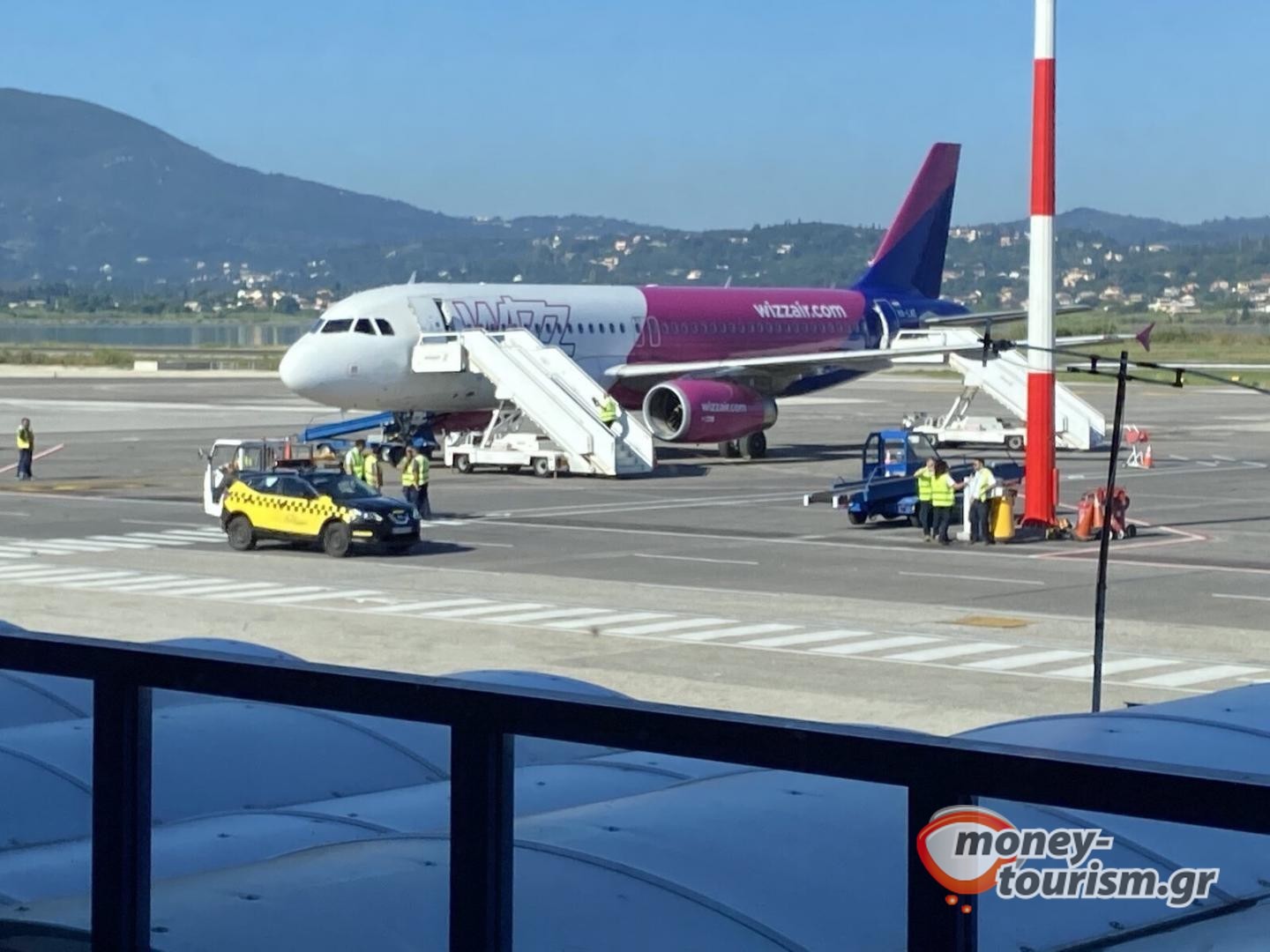As the world recovers from the pandemic, the travel industry is clearly rebounding. However, concerns over sustainability and the impact of long-haul flights on the environment are causing many to question whether long-haul travel is a viable and sustainable option.
Long-haul travel is a major contributor to greenhouse gas emissions, which are a leading cause of climate change. According to the International Air Transport Association (IATA), the aviation industry is responsible for around 2% of global CO2 emissions. But, when considering the CO2 emissions of the Travel and Tourism sector only, aviation represents 55% of that 2% total, and long-haul flights represent 19% of that 55%, according to a recent report launched by The Travel Foundation.
Even though many airlines are investing in more fuel-efficient aircraft and alternative fuels, and the European Commission has established a minimum of 2% of sustainable aviation fuel (SAF) production for the industry by 2025, the growth in air travel means that emissions are still on the rise.
In light of these concerns, recently, travel intelligence provider Mabrian conducted an analysis of air connectivity data for long-haul destinations from April to October 2023 in the source markets of Italy, Spain, England, France, and Germany. The study, which was published recently, found that while long-haul travel is on the way to recovery it remains somewhat below 2019 levels – and that much of the recovery had come in the form of new routes, with many old ones closing.
But long-haul trips are vital for the tourism sector, and data can show how these type of trips can sometimes be even more beneficial and sustainable than shorter trips. As an example, Mabrian has analysed the impact of the US visitors to Barcelona comparing to shorter haul travellers in Europe, through its Travel Intelligence platform.
The analysis reveals that US visitors have, on average, stayed 189% longer (11 days) than the average European visitor to the city (just 3.8 days). In addition the US visitors are spending on average 70% more than traditional European tourists during their stay. This means that US visitors are bringing considerably higher value to the destination and a better balance between the carbon footprint generated during the trip and the value generated for the hosting economy.
 But the cornerstone to reaching the balance is still air transport emissions. Considering one of the tourism sustainability indicators created by Mabrian, the Income/carbon footprint Index, which relates the aviation carbon footprint generated by passenger and the visitor’s spend during the stay, US visitors would still need to spend three times more to reach the average income vs carbon footprint ratio for Barcelona (which is heavily made up of short-haul visitors).
But the cornerstone to reaching the balance is still air transport emissions. Considering one of the tourism sustainability indicators created by Mabrian, the Income/carbon footprint Index, which relates the aviation carbon footprint generated by passenger and the visitor’s spend during the stay, US visitors would still need to spend three times more to reach the average income vs carbon footprint ratio for Barcelona (which is heavily made up of short-haul visitors).
Alternatively, if there was a way of reducing by a factor of three the flight emissions to get to the destination from the US that would also have the same impact. According to the current flight emissions metrics (ICAO methodology), a US traveller to Barcelona would need to extend their stay to 21 days to match the daily average CO2 footprint of the European markets in Barcelona. Obviously, the better way to make this more efficient is to reduce the flight emissions per km.
“We need to think more creatively about how we perceive long-haul travellers it is not as simple as short-haul good, long-haul bad. Long-haul travel is of vital importance in the exchange of cultures and human evolution, which is one of the great values of tourism. Evidently, their carbon footprint is higher than domestic visitors, but it is worth pointing out that there are some long-haul visitors whose in-destination spending is multiple times higher than that of a short-haul visitor. This could even mean fewer visitors and the same economic impact for the destination, which has the added benefit of reducing overcrowding in cities to the benefit of residents”, said Carlos Cendra, Director of Marketing & Sales at Mabrian.




